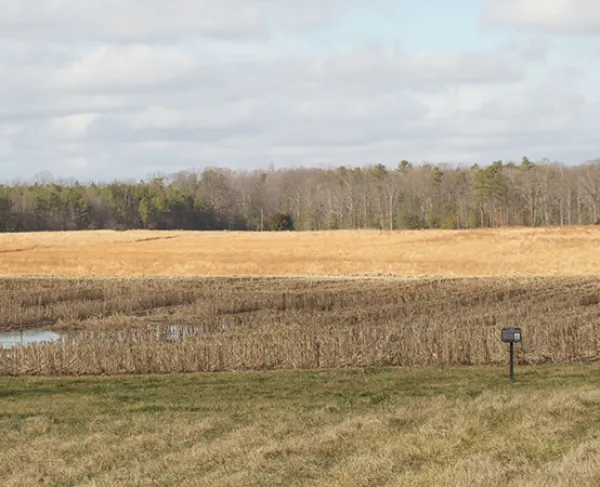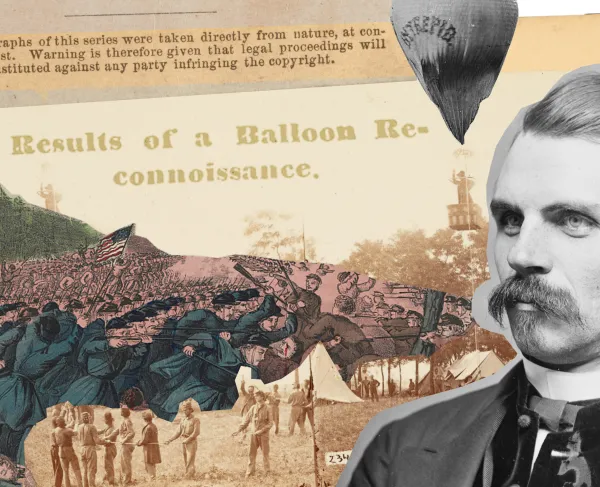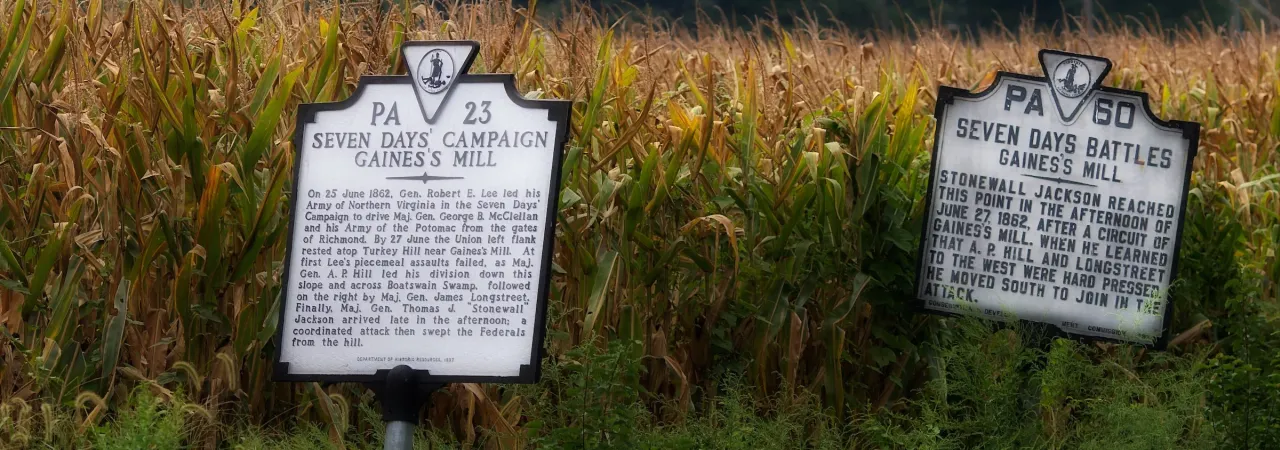
How much do you know about the Battle of Gaines' Mill (June 27, 1862)? This largest battle of the Seven Days Battles played a significant role in shaping the course of the American Civil War and yet it remains a mystery to many.
Fact #1: Gaines' Mill was Robert E. Lee's first major victory of the Civil War
On June 1, 1862, Joseph E. Johnston, commanding the Army of Northern Virginia, at the Battle of Seven Pines, was seriously wounded. With the Army of the Potomac at his Richmond doorstep, Confederate President Jefferson Davis appointed Robert E. Lee to become the new commander of the largest Confederate army in the East. While Lee had a sterling pre-war reputation, his 1861 defeat at the Battle of Cheat Mountain and his focus on building fortifications around Richmond, led many to believe that Lee's best days were behind him. But at Gaines' Mill, Lee would quickly move dispel any doubts as to his energy and determination. His bloody victory at Gaines' Mill would be the first of many for Robert E. Lee and his aggressive tactics in the Seven Days would force McClellan's army away from the Confederate capital.
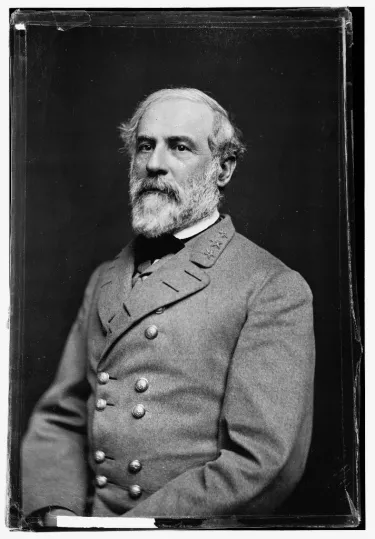
Fact #2: The Confederate assault at Gaines' Mill, by many estimates, was the largest of the Civil War
At the Battle of Gaines' Mill, Robert E. Lee's soldiers had made a number of attacks against Porter's lines. At 7 pm, with additional Confederate forces now in position, Lee unleashed upwards of 32,000 men - sixteen brigades - in a powerful assault against the Federal lines. While not the most organized affair, this assault was likely the largest of the Civil War. By comparison, more famous assaults such as Pickett's Charge, with its roughly 12,500 men, and Hood's attack at Franklin, with its 20,000, are far smaller in size than Lee's 7 p.m. Gaines' Mill attack.
Fact #3: By late June 1862, Gaines' Mill was the second bloodiest battle in American history
When one considers combat casualties (killed, wounded, or missing), the Battle of Gaines' Mill, at its conclusion, was the second bloodiest battle in American history. Only the Battle of Shiloh (April 6-7, 1862) was bloodier than Gaines' Mill. The 15,500 casualties suffered at Gaines' Mill is comparable to the suffering found at Cold Harbor, Chattanooga, and Fredericksburg.
Fact #4: Gaines' Mill is one of those rare battles where Confederate forces significantly outnumber Federal forces
It has become almost axiomatic to believe that the Union forces greatly outnumbered the Confederate forces at most major Civil War battles. But at Gaines' Mill, the opposite was true. Robert E. Lee was able to amass 60,000 to 65,000 Confederate soldiers at Gaines' Mill. Union forces, under the command of Fitz John Porter, numbered roughly 34,000 at the battle.

Fact #5: The Confederate victory at Gaines' Mill radically shifted the strategic initiative in the East to Robert E. Lee and his Army of Northern Virginia
In early June 1862, the Army of the Potomac was just miles from the Confederate capital of Richmond. The Union forces, often plodding in their approach, were well in place to take the Confederate capital and to greatly shorten the American Civil War. But starting at Gaines' Mill, Robert E. Lee would wrest away the initiative from George McClellan and drove the Federal forces away from the threatened capital. Shortly after the conclusion of the Seven Days Battles, Lee quickly sent his army northward, producing victories at the battles of Cedar Mountain, Second Manassas, and Chantilly. And in September 1862, just a little more than two months since the Battle of Gaines' Mill, Lee's forces crossed the Potomac and invaded Maryland.
Fact #6: Led by John Bell Hood, the famed Texas Brigade achieved its first great feat of combat arms at Gaines' Mill
Considered by many to be the toughest fighting brigade in the Army of Northern Virginia, the Texas Brigade (comprised of the 1st TX, 4th TX, 5th TX, 18th GA, and Hampton's South Carolina Legion at Gaines' Mill) led the charge that broke the Union line atop the Watt House plateau. It was this determined charge that helped seal the Confederate victory at Gaines' Mill.
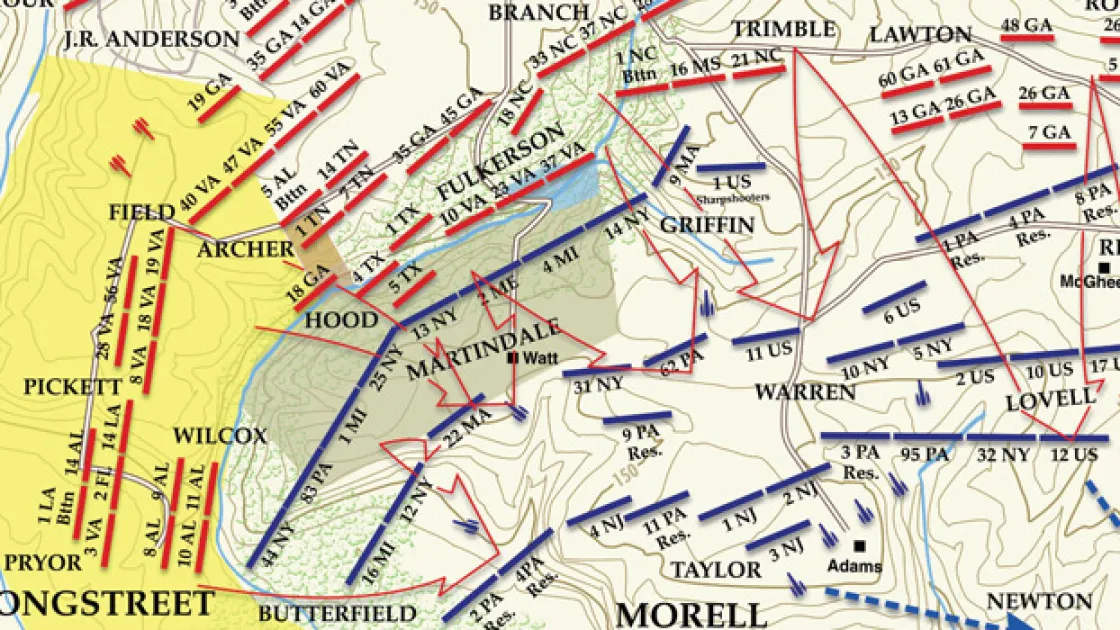
Fact #7: Seven different Union soldiers, including Gen. Daniel Butterfield, were awarded the Medal of Honor at Gaines' Mill
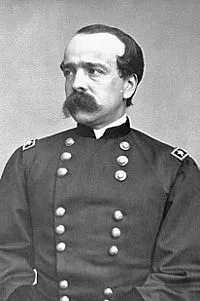
The determined Union defense at the Battle of Gaines' Mill produced seven different Medals of Honor for soldiers who fought on June 27, 1862. Among the seven are Charles Hopkins, who would live until 1934; Ernest von Vegesack, a Swede who would later become a member of the Swedish Parliament; John Henry Moffitt, who would later become a US Congressman from New York; and Brig. Gen. Dan Butterfield, who would later compose the famous bugle call, "Taps."
Fact #8: Gaines' Mill represents the first instance when observation balloons from both sides flew at the same time
The Union army employed a number of observation balloons during the 1862 Peninsula Campaign. At Gaines' Mill, one of the more famous and active balloon camps was set up next to Dr. Gaines house. Four miles away from the battlefield, the Confederates also employed one of their balloons. The Gazelle had been brought forward from Richmond by train and was providing the Confederates with intelligence on Union movements. As such Gaines' Mill is the first instance where observation balloons were being used by both sides and the same time - a notable moment in American aeronautical history.
Fact #9: Brig. Gen. Phillip St. George Cooke, the officer who led the desperate Union cavalry counterattack at Gaines' Mill, was the father-in-law of J.E.B. Stuart.
Phillip St. George Cooke's Federal cavalry made a desperate and ill-fated charge against Confederate troops holding the crest of the Watt House plateau during the Battle of Gaines' Mill. This cavalry charge did little to change the ultimate outcome of the battle, but Federal horsemen did add to the growing confusion that reigned towards the end of the battle. Cooke, a native of Leesburg, Virginia and a 1827 West Point graduate, made the difficult decision to remain loyal to the Federal cause that he had long served. J.E.B. Stuart, the famed commander of the Army of Northern Virginia's cavalry, was Cooke's son-in-law. Upon learning that his Virginian father-in-law had decided to remain loyal to the Union remarked that "He will regret it only once, and that will be continually."
Fact #10: The American Battlefield Trust has preserved several hundred acres of the Gaines’ Mill battlefield.
Until 2011, the only preserved portion of the Gaines' Mill battlefield was the 60-acre section of the battlefield under National Park Control around the Watt House. This 60-acre tract is just a small fraction of the more than 2,000 acres that comprises this battlefield. In 2011, two small preservation efforts were completed by the Richmond Battlefields Association and the American Battlefield Trust — the first preservation successes at Gaines' Mill since before World War II. In 2014, the American Battlefield Trust's transferred 285-acre "Longstreet Attack" tract to the National Park Service, quintupling the protected land at Gaines’ Mill Battlefield. Most recently, the Trust protected and transferred to National Park Service an eight-acre portion of Griffin’s Woods, which dominated the battlefield’s center and figured in the charge that broke the Union line on June 27, 1862. Its acquisition adds another link to the growing assemblage of land the Trust has protected at Gaines’ Mill – more than 346 acres total!
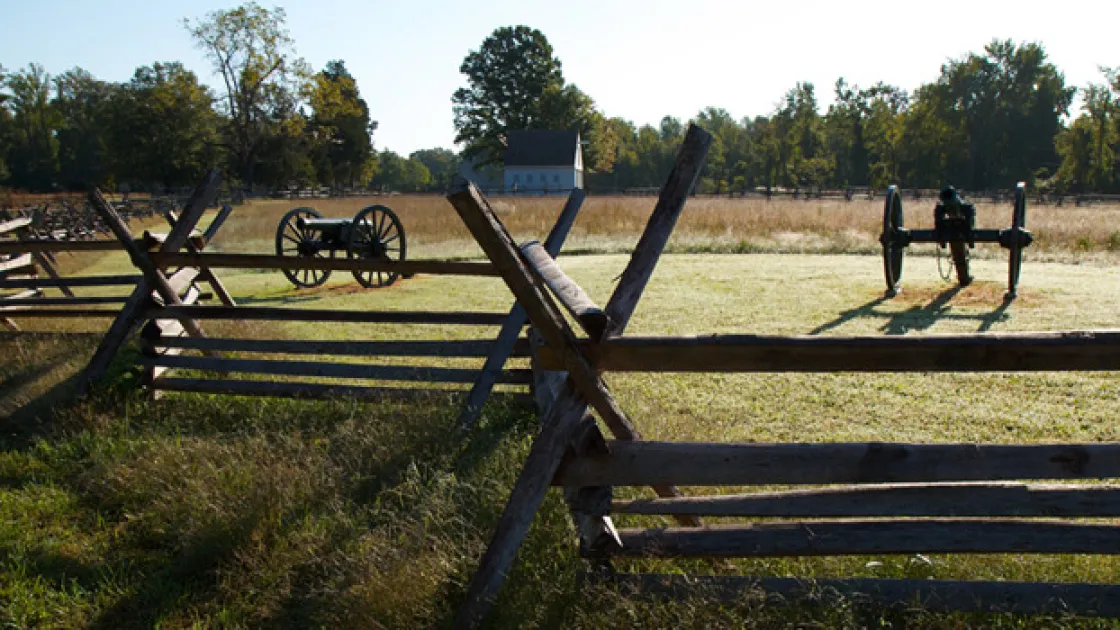
Learn More: Seven Days Campaign of 1862
We have a chance to save these critical pieces of history at Gaines' Mill, Cold Harbor, and Appomattox Court House for just a fraction of their full...
Related Battles
6,800
8,700
